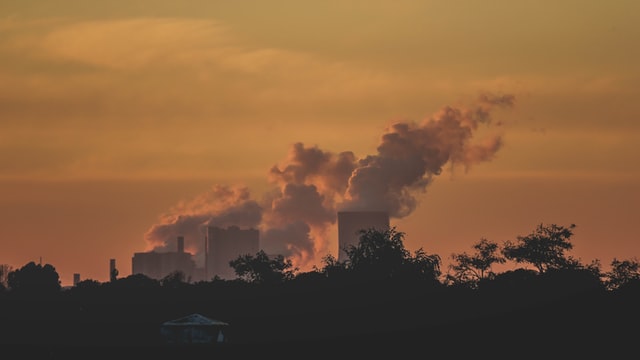
The novel coronavirus (SARS-CoV-2) has sparked the largest public health and economic crisis in recent history. To date the disease has produced about 40 million confirmed cases and has claimed more than one million deaths globally.
While at the very onset of the global spread of the coronavirus in the spring of 2020 very little was known about the way it is transmitted, we now have a solid understanding of the types of situations in which infections may occur very easily, very quickly, and in large numbers. So-called “super-spreader events” are typically dense gatherings of people in indoor environments, with few participants wearing face masks and too little ventilation. Hence, public health recommendations aiming at substantially slowing down the spread of the coronavirus mainly include social distancing, mask wearing, and moving as many activities as possible outdoors or providing sufficient ventilation. If everyone were able and willing to comply with these simple guidelines, the course of the pandemic would be much less threatening for population health and the economy.
All well and good; but conditions outdoors may also carry risks for people in fragile health who are already infected with the novel coronavirus and may develop severe symptoms because they are outdoors. It is well established in the epidemiological and health economics literature that high levels of air pollution, for example the concentration of fine particles (particulate matter, PM) in ambient air, may cause inflammatory responses of the body, especially the airways, and consequently lower immune response to new infections. Being infected with Covid-19 and simultaneously exposed to poor air quality may exacerbate symptoms, trigger a severe course of the virus and, for the most vulnerable population, eventually be fatal.
We examined the relationship between short-term exposure to ambient air pollution and the severity of Covid-19. To this end, we combined daily data by county from Germany on the concentration of air pollutants, particulate matter (PM10), and ozone (O3), as well as the number of newly confirmed cases of infections and deaths from Covid-19.
Our findings show that higher levels of air pollution increase the number of deaths. The impact is particularly pronounced among patients aged 80 and above. In this age group, an increase in PM10 by 10 micrograms per cubic meter three to seven days after the onset of illness increases the number of deaths among male patients by 50% of the average of about one death per 100,000 of the population per day, with comparable effects for female patients. Additionally, air pollution may also trigger more confirmed cases, not necessarily by making transmission of the virus more likely but rather by aggravating symptoms of those already infected, leading them to get tested.
This harmful interaction of air pollution with the ongoing pandemic teaches us another lesson about the role of environmental quality for human well-being generally. Poor air quality causes massive health problems globally, with millions of extra deaths each year. In addition, air pollution has been shown to hamper learning as well as physical and cognitive performance at work. The social and economic costs of environmental pollution are huge and should be taken more strongly into account when designing regulations of industrial and traffic emissions. This is true before, during, and after the Covid-19 pandemic.
© Ingo Isphording and Nico Pestel
Ingo Isphording and Nico Pestel are Team Leaders and Senior Research Associates at IZA, Germany.
Find more IZA World of Labor coronavirus content on our curated topics pages: National responses to Covid-19 and Covid-19—Pandemics and the labor market.
Please note:
We recognize that IZA World of Labor articles may prompt discussion and possibly controversy. Opinion pieces, such as the one above, capture ideas and debates concisely, and anchor them with real-world examples. Opinions stated here do not necessarily reflect those of the IZA.